- News
- Reviews
- Bikes
- Components
- Bar tape & grips
- Bottom brackets
- Brake & gear cables
- Brake & STI levers
- Brake pads & spares
- Brakes
- Cassettes & freewheels
- Chains
- Chainsets & chainrings
- Derailleurs - front
- Derailleurs - rear
- Forks
- Gear levers & shifters
- Groupsets
- Handlebars & extensions
- Headsets
- Hubs
- Inner tubes
- Pedals
- Quick releases & skewers
- Saddles
- Seatposts
- Stems
- Wheels
- Tyres
- Tubeless valves
- Accessories
- Accessories - misc
- Computer mounts
- Bags
- Bar ends
- Bike bags & cases
- Bottle cages
- Bottles
- Cameras
- Car racks
- Child seats
- Computers
- Glasses
- GPS units
- Helmets
- Lights - front
- Lights - rear
- Lights - sets
- Locks
- Mirrors
- Mudguards
- Racks
- Pumps & CO2 inflators
- Puncture kits
- Reflectives
- Smart watches
- Stands and racks
- Trailers
- Clothing
- Health, fitness and nutrition
- Tools and workshop
- Miscellaneous
- Buyers Guides
- Features
- Forum
- Recommends
- Podcast
TECH NEWS
 Tour de France 2016 Romain Bardet Focus Izalco Max - 1.jpg
Tour de France 2016 Romain Bardet Focus Izalco Max - 1.jpgTour Tech 2016: Romain Bardet’s Focus Izalco Max
AG2R La Mondiale’s Romain Bardet is currently (after stage nine) sitting sixth in the Tour de France general classification, just 44 seconds behind race leader Chris Froome.
The 25-year-old French rider’s best day so far was stage eight to Bagneres-de-Luchon on Saturday – taking in the Tourmalet and Peyresourde – when he finished fourth.
This is Bardet’s Focus Izalco Max. In fact, it’s his third bike, riders having several to choose from during a big stage race like the Tour.
The Izalco Max is quite a classic looking frame in that most of its tubes are round in section. Granted, some of those tubes are oversized, notably the down tube that’s designed to provide rigidity through the centre of the bike.
It’s intended to be a lightweight rather than an aerodynamically efficient frame, Focus claiming a weight of just 750g. Of course, all complete team bikes need to weigh at least 6.8kg, the UCI’s minimum weight limit for racing.
The head tube is tapered, as are most of those on bikes ridden by the pros, with a 1 1/8in bearing at the top and a 1 1/4in bearing at the bottom. The idea is to offer extra stiffness at the front which helps provide accurate steering.
The seatstays are super-skinny and the chainstays flatten along their length in order to provide a degree of movement at the back for extra comfort.
At 1.85m tall, Bardet uses a 56cm (large) frame.
Unusually among top end road bikes, the rear brake cable runs externally to make the work of the professional team mechanics quicker and easier.
There are no gear cables to worry about because AG2R La Mondiale uses SRAM Red eTap wireless groupsets. eTap has been available to the public only recently although AG2R used it last year during SRAM’s development process.
Read our review of SRAM Red eTap here.
You upshift at the rear (move to a smaller sprocket on the cassette) by pushing a paddle behind the right brake lever, you downshift at the rear by pushing a paddle behind the left brake lever, and you move the front mech by pushing both paddles at the same time.
The shifters are powered by CR2032 batteries and the derailleurs use batteries that can be removed for recharging.
This bike is fitted with a 53/39-tooth chainset and those are Look Keo Blade 2 pedals on there – the version with cromo steel axles rather than lighter weight titanium.
The wheels are Zipp 303 Firecrests, designed to combine aero performance with a reasonably light weight (Zipp claims 605g front, 785g rear). The Firecrest shape is intended to put in an efficient performance both at the front (tyre leading) and at the back (rim leading) sections of the wheel. AG2R uses SwissStop brake pads.
The tyres are Continental’s Competition ProLtd in a 25mm width, as used by many other teams.
Bardet uses a Zipp Service Course SL stem that’s made from 7075 aluminium and a Service Course 80 handlebar made from 6061 aluminium. The 80 in the name refers to the reach in millimetres (horizontal distance from the stem clamp area to the centre of the brake perch). The drop is 125mm. Most pro riders these days use quite a compact bar like this, and a large proportion prefer aluminium to carbon because of the extra stiffness.
The seatpost isn’t from Zipp, it’s a carbon Concept CPX from Focus with a large cutout below its head that’s designed to flex a little to provide comfort.
The saddle is a thinly padded Fizik Arione 00 made with a carbon shell and braided carbon rails. The claimed weight is just 140g – all the more impressive considering its 132mm length.
Mat has been in cycling media since 1996, on titles including BikeRadar, Total Bike, Total Mountain Bike, What Mountain Bike and Mountain Biking UK, and he has been editor of 220 Triathlon and Cycling Plus. Mat has been road.cc technical editor for over a decade, testing bikes, fettling the latest kit, and trying out the most up-to-the-minute clothing. He has won his category in Ironman UK 70.3 and finished on the podium in both marathons he has run. Mat is a Cambridge graduate who did a post-grad in magazine journalism, and he is a winner of the Cycling Media Award for Specialist Online Writer. Now over 50, he's riding road and gravel bikes most days for fun and fitness rather than training for competitions.
Latest Comments
- Geoff H 21 sec ago
I was really enjoying the article until I came to the price!
- OldRidgeback 53 min 22 sec ago
I have a very old MTB (guess what make) that I'll happily leave locked at the train station or shops or whatever. The fairly new Trek MTB or...
- TheBillder 2 hours 28 min ago
Dualling that stretch of the A7 will allow hard-pressed motorists to travel very slightly faster between the rock that is the Sherriffhall...
- BikingBud 2 hours 35 min ago
I refer to being an engineer only to emphasise my consideration of the logical approach that should be applied in the justice system, rather than...
- chrisonabike 4 hours 4 min ago
But is it compatible with elliptical chainrings?
- David9694 4 hours 6 min ago
Parking fail as car left teetering on top of stone wall Oh dear https://www.devonlive.com/news/local-news/parking-fail-car-left-teeterin...
- jaymack 5 hours 24 min ago
We must be related!
- The_Ewan 6 hours 54 min ago
But why worry if a few people do? It's just not a big deal....
- Tom_77 7 hours 58 min ago
Tempted to get him a sweary birthday cake like in The Thick Of It....
- Bigtwin 8 hours 26 min ago
Didn't happen did it? They came into my shop a couple of years back and said it was "on the way", but never heard anything more.
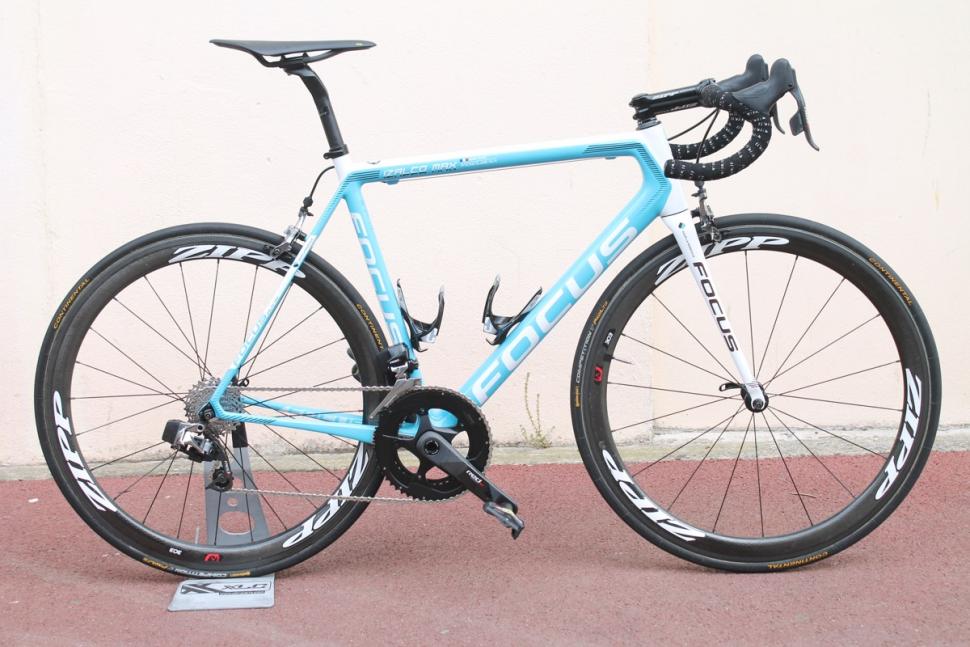
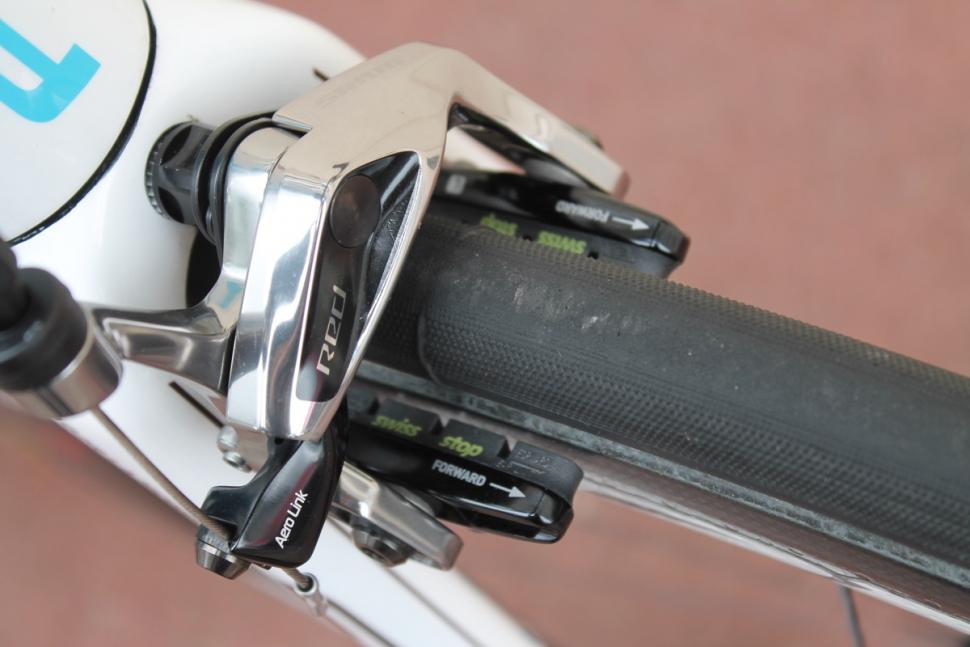

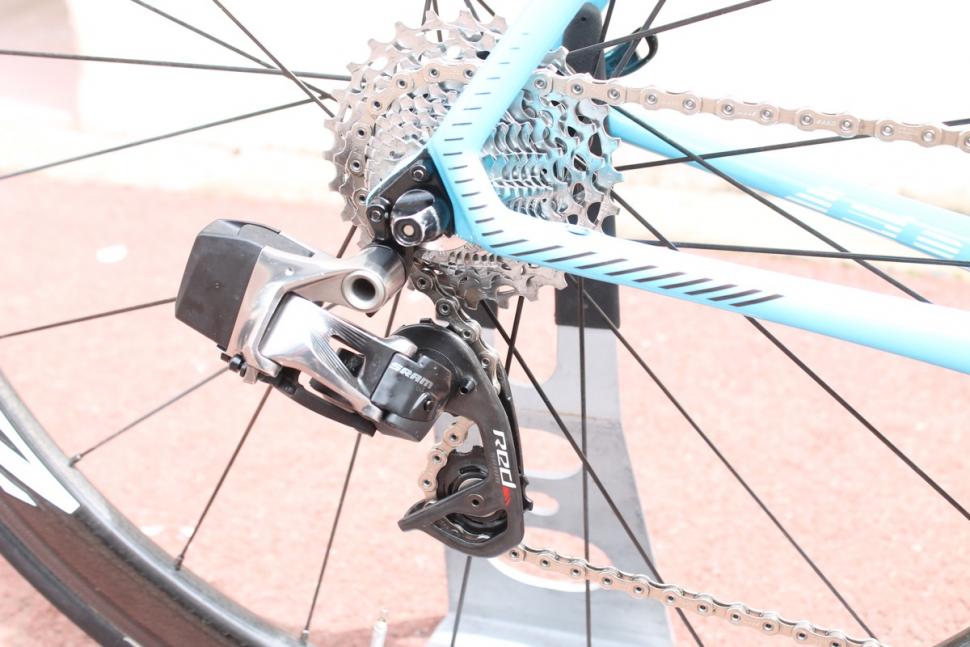
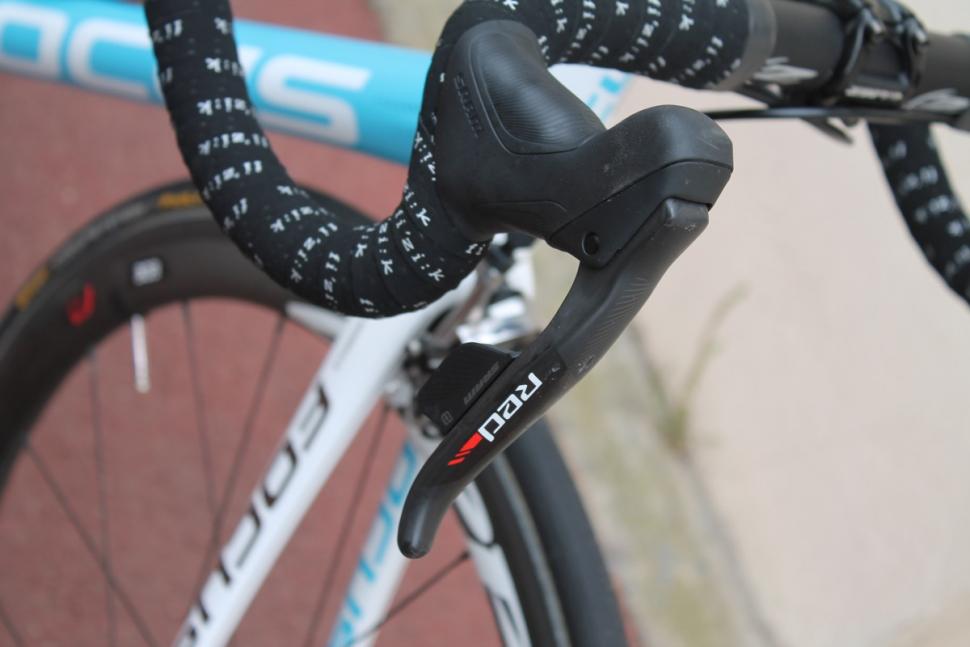
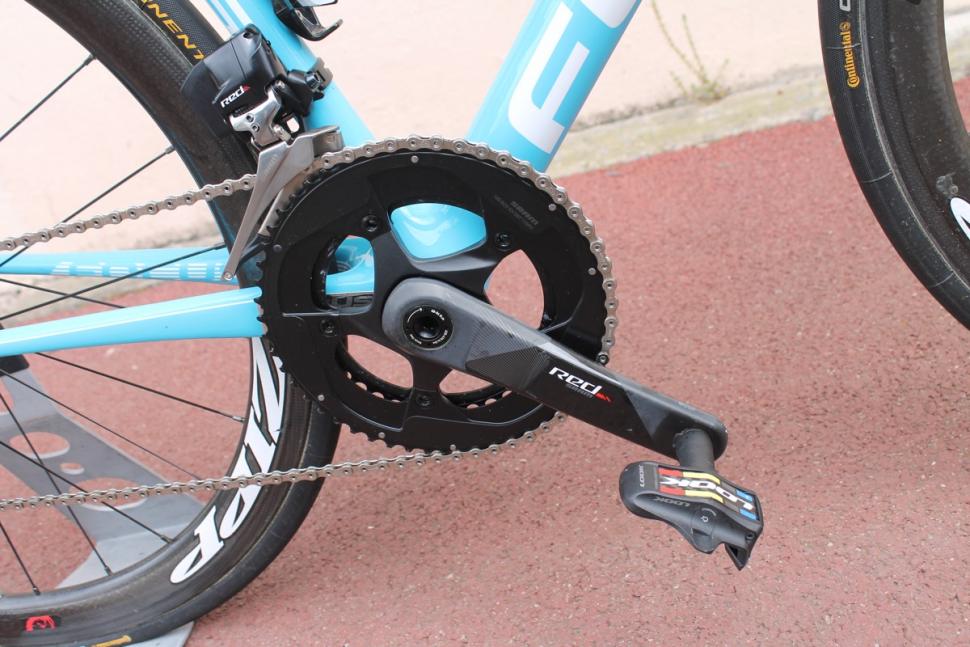

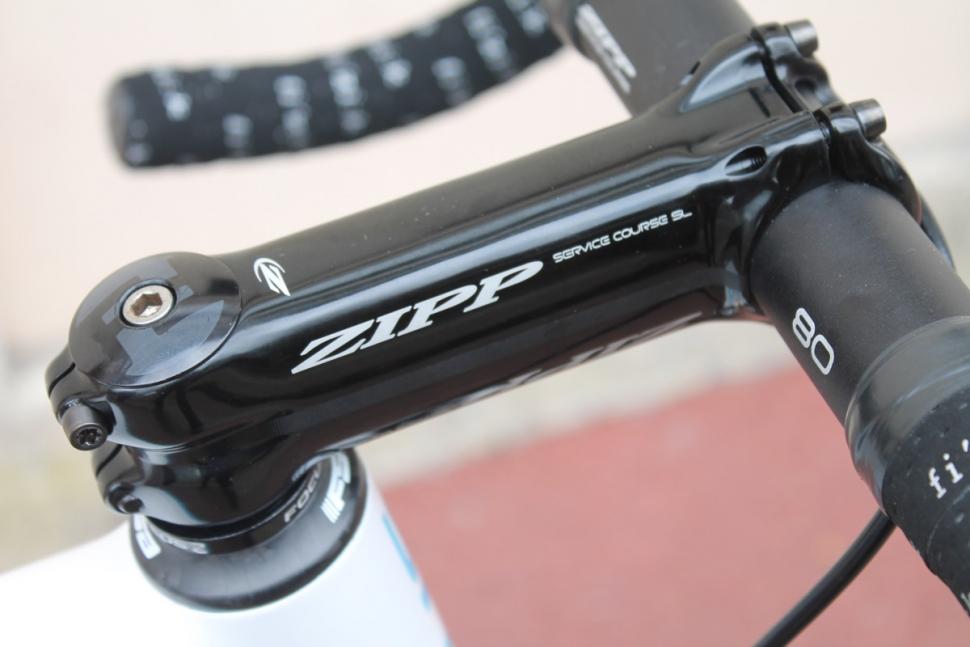
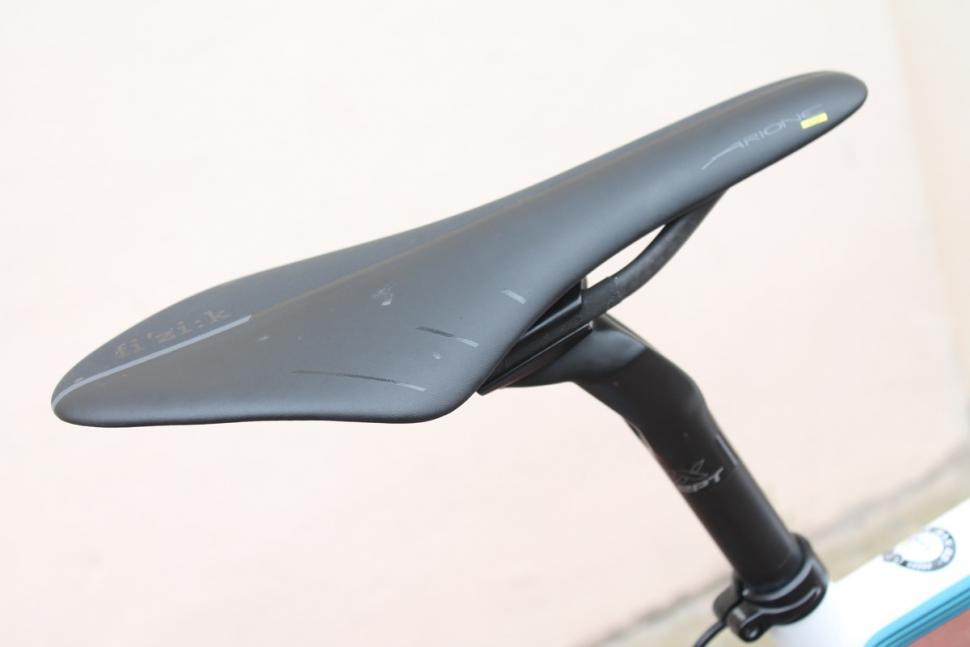
Add new comment
4 comments
I think that the preference for alu bars has more to do with c'f if it does break there being a lot of sharp edges whereas alu generally just deforms. Just a thought
I don't think so, every crash is different, and I'd rely on a broken ally edge to cut better than broken carbon.
They use alloy bars for stiffness. Deda makes them in 35mm diameter just to make them even stiffer. They're putting out massive watts in sprints and they need it. We lesser mortals can enjoy carbon bars for their smoothness.
The reason most pro's (and racers at any level) go for aluminium alloy bars and stem is not really due to increased stiffness, but rather the relatively poor impact resisitance of CFRP. Crash on a bike with carbon bars and you are more likely to be looking at a snapped or, at the very least, delaminated bar; not ideal for continuing on until your team car gets to you.
That handlebar position!